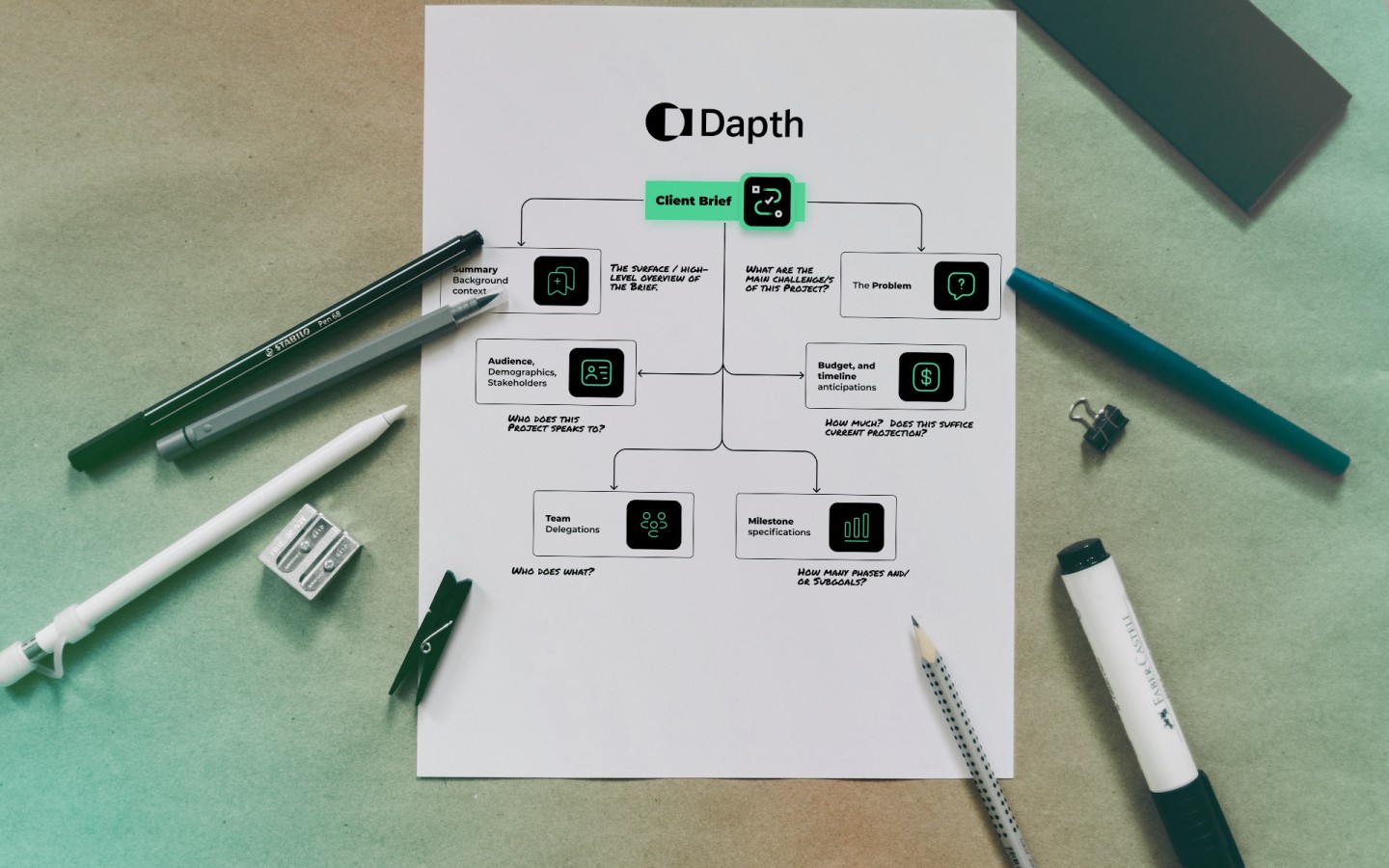
The development of software is a multifaceted procedure with various phases.
Its significant benefit lies in its ability to function on any gadget or computer that fulfils system specifications.
Whether it's a simple phone app or a complex enterprise software piece, software development is a critical process driving strong innovation and progress. It is what makes computers programmable and, therefore, so important to our modern world.
Playing a significant role in many industries and sectors, the importance of software development stems from the fact that it is widely used and applicable in many areas of modern life.

"Software has emerged as a key differentiator in many products – from cars to washing machines to thermostats, with a growing Internet of Things connecting them."

What is Software Development?
Software development involves a wide range of tasks that are crucial for creating, designing, deploying, and supporting software. From designing user interfaces to writing code, testing, and debugging applications, the process involves a wide range of activities.
Software is a collection of instructions or programs that enable computers and mobile devices to perform specific tasks. It is a crucial component of modern technology, allowing us to perform a wide range of tasks with our devices, from communicating with others to managing our finances. Through effective software development methodologies, applications can be created tailored to specific needs and ensure devices operate effectively and efficiently.
Importance in Shaping the Digital Landscape
Software development is a vital component of advancements in technology. This leads to the creation of new tools, platforms, and systems surpassing standard digital boundaries.
These innovations help businesses enhance efficiency and gain a competitive edge. Software development processes are both creative and innovative, serving needs and challenges – ultimately making solutions that improve user experiences and bring new ideas to the digital world.
Custom software is an essential driver of business transformation, leading to the development of new business models and revenue streams. Organisations can leverage custom software to modernise their processes and optimise their operations to achieve better results. Software development is important for global connectivity - enabling communication, social media, and collaboration across borders.
Necessary for global economic growth, software developers in the industry help other industries grow by providing digital infrastructure. As technology advances, software development becomes increasingly sought after as businesses and industries use software developers to meet market demands and consumer expectations.
The industry is also important for global economic growth. It helps other industries by providing digital infrastructure. As technology advances, software development drives this change. Businesses and industries use new technologies to meet market demands and consumer expectations. It has become an integral part of our daily lives, impacting work, communication, entertainment, and information access while enabling quick updates to address new features, security concerns, and evolving user needs.
Broad Spectrum of Activities
Project and product management encompasses a range of activities that are crucial to the successful implementation of software. The planning phase is vital to ensure that all aspects of the project are well-defined and the necessary resources are appropriately allocated. This phase typically includes capacity planning, project scheduling, cost estimation, and provisioning.
During the planning phase, the team collects input from various stakeholders involved in the project, such as customers, sales teams, internal and external experts, and developers. The purpose of this step is to ensure that all requirements are well-understood, and the project plan aligns with the overall objectives of the organisation.
Once the planning phase is complete, the team moves on to other activities, starting with requirements analysis. This step involves understanding and defining the needs and specifications of the software, which lays the foundation for the entire project. The team must ensure that the requirements are clearly defined, testable, and achievable.
Design is the next step - which involves planning the software's architecture, structure, and user interface. This step requires a deep understanding of the project's requirements and technical constraints. The team must ensure that the design is scalable, maintainable, and meets the overall objectives of the organisation.
Coding/implementation is next, which involves writing code based on the specifications of the current design. This step requires a high level of technical expertise and attention to detail to ensure that the code is clean, efficient and satisfies the requirements.
Testing is another critical step in the project, which involves evaluating the software for use by end-users. This step involves a variety of testing methods, including unit testing, integration testing, system testing, and user acceptance testing. The purpose is to identify and resolve any defects before the software is released to users.
Deployment involves releasing the software for users. This step requires careful planning and coordination to ensure that the software is installed correctly, and users can access it quickly.
Finally, maintenance involves updating and enhancing the software to meet requirements and address issues. This step requires ongoing support of the software to ensure that it continues to meet the needs of the users and the organisation.




What is Development Software?
Software development involves using various tools, frameworks, and programming languages to create, test, and maintain software projects. These tools include integrated development environments (IDEs) that offer features for coding, debugging, and deploying software.
Development software refers to the use of tools, frameworks, and languages to maintain software projects, with IDEs being one of the major tools. Developers can create efficient, high-quality software that meets user needs by carefully selecting the right combination of technology and tools.
Version control systems also enable developers to manage changes to their code and collaborate with others on the same project. Additionally, there are other software tools that can make specific tasks easier, such as testing, fixing errors, or improving code performance.
Grasping the Development Definition
Software development is the process of designing, creating, testing, and maintaining software and involves a development team. The software developers collaborate on producing software solutions addressing specific needs or problems. The process is iterative development, meaning it involves a series of steps that are repeated until the outcome is achieved. Highly collaborative, software developers work closely with stakeholders to ensure the software meets their expectations.
The field of software development is multidisciplinary. It requires a combination of creativity, project management skills and technical expertise. Technical skills are necessary to write the code that powers the software, while project management skills are needed to ensure that the project is completed on time and within budget. Creativity is necessary for innovative solutions to complex problems.
The Software Development Lifecycle
The software development life cycle involves several phases including planning, coding, testing, and deployment. Agile methodology is widely used in project management and software creation. It allows teams to provide timely value to clients while being adaptable, structured, and capable of accommodating changes.
Agile methodology includes ongoing release cycles, with each cycle introducing minor, progressive modifications from the previous release. The product is evaluated after each cycle, which helps teams spot and resolve minor issues before they become significant problems. Business stakeholders have the opportunity to give input throughout the development cycle, making it a comprehensive approach to the software development process.
Collaboration is essential in software creation as it enables developers to work together to produce superior software. This collaboration encourages the exchange of thoughts and expertise, resulting in more productive and successful problem-solving strategies. Clear communication is crucial for the success of any software venture, and collaboration significantly aids this by enabling the team to disseminate information and concepts instantly.


Software Engineering Practices
Robust software engineering practices play a key role in ensuring reliability and scalability throughout. Software engineering practices are critical in ensuring a software system is reliable and scalable. Quality assurance measures, error handling mechanisms, and fault tolerance strategies are employed to achieve reliability. These practices ensure that the software system operates as expected, even in the presence of unexpected events or errors.
Scalability is another important aspect of software engineering practices. It involves designing a system that can handle increasing amounts of work or traffic without sacrificing performance or stability. Achieving scalability requires architectural decisions considering load balancing, horizontal scaling, and database scalability.
Optimising the performance of a software system is also crucial for achieving scalability in software engineering practices. This involves identifying and addressing performance bottlenecks like slow database queries or inefficient algorithms. It may also involve designing the system to take advantage of parallel processing or other techniques that can improve performance.
Overall, software engineering practices are essential for developing reliable and scalable software systems that can meet the needs of users and businesses alike. By incorporating these practices into the development process, software engineers can ensure that their systems are secure, performant, and capable of handling increasing demands as they grow.
Coding standards are essential in programming. They are a set of rules that developers follow for writing code. These guidelines enhance code readability, making it more clean and modular. Optimising code is vital to make it work efficiently and execute functions quickly. Following coding standards helps maintain a uniform codebase and facilitates collaboration among developers.
Importance of Version Control and Testing Methodologies
Version control systems are a crucial part of modern software development practices. They provide a mechanism to manage changes to a codebase and enable multiple developers to work on it simultaneously. Collaborative software development involves several developers working on different parts of the same codebase, and version control systems allow them to make changes without interfering with each other's work. This is especially important for large software projects where many developers contribute to the same codebase.
Rigorous testing methodologies, such as unit and integration testing, are essential to ensure software's reliability. Unit testing involves testing individual components of the software, while integration testing focuses on testing the interactions between different components of the software. These testing methodologies can help detect bugs early in the development process, resulting in better-quality software.
Scalability testing is another crucial aspect of software testing. It assesses how well software can handle increased workloads as user demands grow. This type of testing is particularly important for software applications that are expected to handle large volumes of traffic. Scalability testing involves testing the software under different load conditions to identify any performance bottlenecks and ensure that the software can handle the expected workload.
In summary, version control systems, rigorous testing methodologies, and scalability testing are essential elements of collaborative software development. These practices help ensure that software is reliable, scalable, and can handle the expected workload.

Software Development Challenges
Developing software can be challenging for engineers as it involves keeping up with evolving technology and meeting user requirements. They also face challenges with coding, algorithms, and the continuous evolution of methodologies.
To ensure efficient development, software engineers must work with different frameworks, libraries, and tools, which can significantly impact software's efficiency, scalability, and maintainability. Choosing the right tools, staying up-to-date, and integrating them is crucial.
Effective project management is necessary to handle changing requirements. This involves maintaining communication, receiving feedback regularly, and using agile methodologies to adapt to evolving needs. Collaboration within a team is crucial to foster a cohesive development environment.
Estimating time and resources is a common issue in software development. It's essential to set realistic timelines that fit within budget constraints. Not having enough time can lead to incomplete features or compromised functionality.
Breaking down larger tasks into smaller, more manageable project management tasks is a strategy to cope with complexity. This approach enhances visibility, promotes efficient task allocation, and ensures that each component receives the attention it requires. However, a lack of adequate budget and resources can impede progress and compromise project delivery.
A well-established project infrastructure is crucial for smooth development, ensuring that the project stays within budget and adheres to time constraints. Without a stable environment, progress may be hindered, and developers may face difficulties in aligning their efforts with project goals.
Quality assurance is critical in software development. Skipping code reviews to save time can compromise the overall quality of the software and may lead to issues down the line. Balancing the need for speed with code quality is an ongoing challenge in software development.
Key Pitfalls to Avoid
To avoid common pitfalls, it's essential to avoid:
- Unrealistic development schedules
- Underestimating the project's complexity
- Resource scarcity
- Budget restraints
- Dismissing open source
A well-executed software development process involves following best practices to ensure that software applications are developed efficiently and effectively. One crucial aspect of this process is having a robust application security program in place. This program includes regular vulnerability assessments, penetration testing, and code reviews to make sure that the application is secure and free from vulnerabilities. Implementing code quality standards is another crucial aspect of a well-executed software development process. Adhering to these standards ensures that the code is maintainable, readable, and meets industry standards. This helps to reduce the risk of errors and makes it easier for developers to maintain the codebase over time.
Effective collaboration between teams is also essential for a successful software development process. This collaboration ensures that all teams work together cohesively towards a common goal resulting in a more efficient development process and a higher-quality product.
Finally, streamlined workflows are also critical to a well-executed software development process. Clear and concise workflows ensure that the development process is efficient and reduces the likelihood of delays and errors. By streamlining workflows, developers can focus on writing quality code and delivering software applications that meet user needs effectively.

The Takeaway
To succeed in the field of software development, it is crucial for developers to have a solid understanding of the various engineering practices, processes, and potential pitfalls associated with the development of software applications. This includes being knowledgeable about the various tools and development software available, as well as the role that each of these tools and processes play in the development lifecycle.
Additionally, developers must be able to navigate potential pitfalls that can arise during the development process, such as bugs, errors, and security vulnerabilities. By having a clear understanding of these factors, developers can ensure that they are able to create high-quality software applications that meet the needs of their users, while also minimising the risk of problems and issues down the line.
Are you ready to take your business to the next level with software that propels your growth? Contact our team about custom software development services. At Dapth we specialise in creating agile, bespoke solutions tailored to your unique needs. Using cutting-edge technology and deep insight into the Australian market, we deliver innovative, scalable, and secure software. With a client-centric approach and technology-agnostic development, we ensure your project exceeds expectations.
Frequently Asked Questions
A software developer creates software by writing code and solving technical problems using development software.
For development software, popular choices include integrated development environments (IDEs) like Visual Studio Code, JetBrains IntelliJ IDEA, and Eclipse.
The software development process typically involves planning, requirements analysis, design, implementation, testing, deployment, and maintenance stages.
While coding is a crucial aspect of software development, the process also includes stages like planning and testing, making it broader in scope than just coding.
Employing version control practices like Git and GitHub is a vital software engineering practice, facilitating collaboration and code management throughout the development process.






_web.webp)































_web.webp)
_web.webp)
_web.webp)

_web.webp)



_web.webp)




























